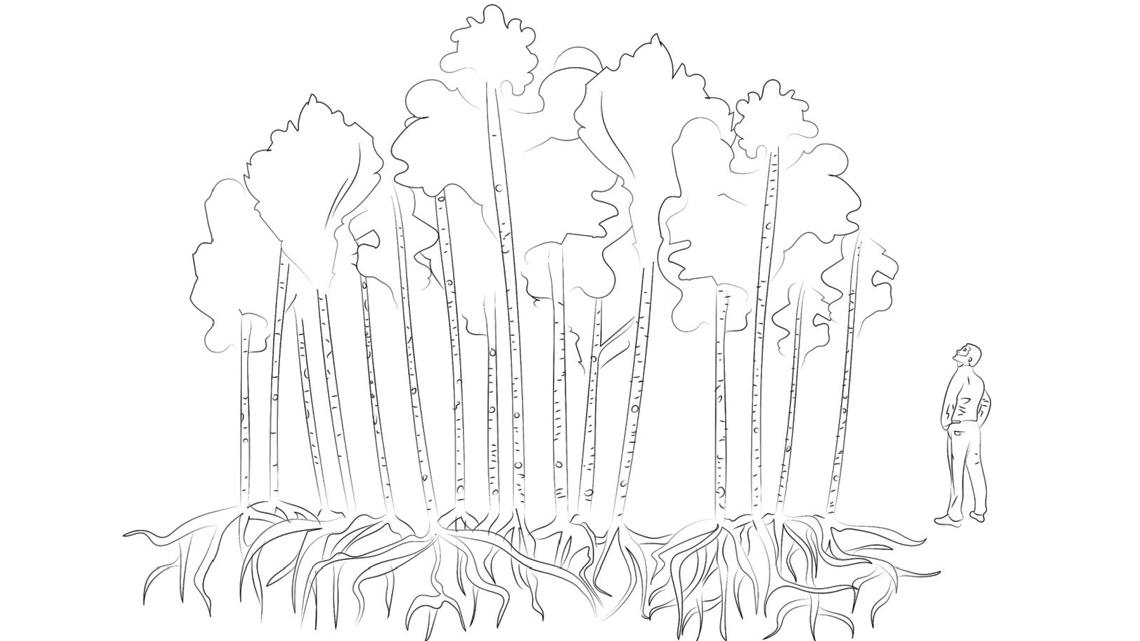
Project
An internationally recognized cancer institute asked that we investigate best practices in customer service across industries and create a framework that would help lay the groundwork for patient experience improvements across their hospital system. Their efforts are being driven by a desire to maintain their reputation for best-in-class cancer care and test their hypothesis that improvements in patient experience can positively affect health outcomes.
Synopsis
Without a unified customer service strategy, siloed departments have been left to define and implement their own patient experience so it varies widely across the organization. Cultural orthodoxies prioritize science over service and senior leaders consider patient experience a “soft investment” with no measurable return. Other attributes of our client’s organization that required special consideration include their one-time patient commitment, high-risk environment, distributed service network, high stress and/or emotion demands on both patients and staff, strong organizational culture, and the need for both precision and hospitality.
Problem
The complexity of the healthcare context makes it difficult to directly translate commercial customer service models to a cancer patient’s experience. We found existing frameworks to be too hierarchical for an organization with a non-linear reporting structure and too abstract to be actionable at this stage. For these reasons, we designed a customer service framework to respond to the unique challenges our client is facing. In order to design an innovative yet actionable approach to customer service for our clients, we lead a series of exercises to identify stakeholders, examine existing orthodoxies and define their criteria for a successful customer service framework. We interviewed Directors who shared the various customer service philosophies and approaches that they have implemented within their respective divisions. We then ventured into both primary and secondary analogous research, identifying organizations that shared one or more attribute with our client’s organization. We interviewed staff members of 23 of those organizations which we considered to best in their respective class. Many of these companies were outside of the healthcare industry and our client appreciated that we were able to contribute learnings from unexpected sources.
Proposed User Experience
We synthesized this research into rich case studies, including quotes, stories and philosophies that characterized each organization’s customer service approach – paying special attention to training systems, organizational structure, culture, metrics and incentives. These case studies served as stimulus for analysis and were included in our deliverable along with a custom customer service framework to structure conversations around patient experience improvements and unify the organization’s efforts towards a common goal. As a companion to the framework, we created a playbook of customer service tactics to illustrate how our client might begin to implement each of the framework components. We provided both near-term and long-term starter concepts, as well as a brief explanation of how the client is positioned to excel in each area, what challenges the organization may face, and references to further research into relevant behavioral science principles.
An organization’s customer service strategy, system and structure enables and informs every possible customer experience. In this sense, patient experience is similar to Aspen trees. An individual standing in front of a grove of Aspens sees many individual trees of the same type. However, Aspens actually grow from and share a singular parent root-system. While each tree grows in its own pattern of branches and occupies its own space, the grove as a whole operates from a single foundation.
